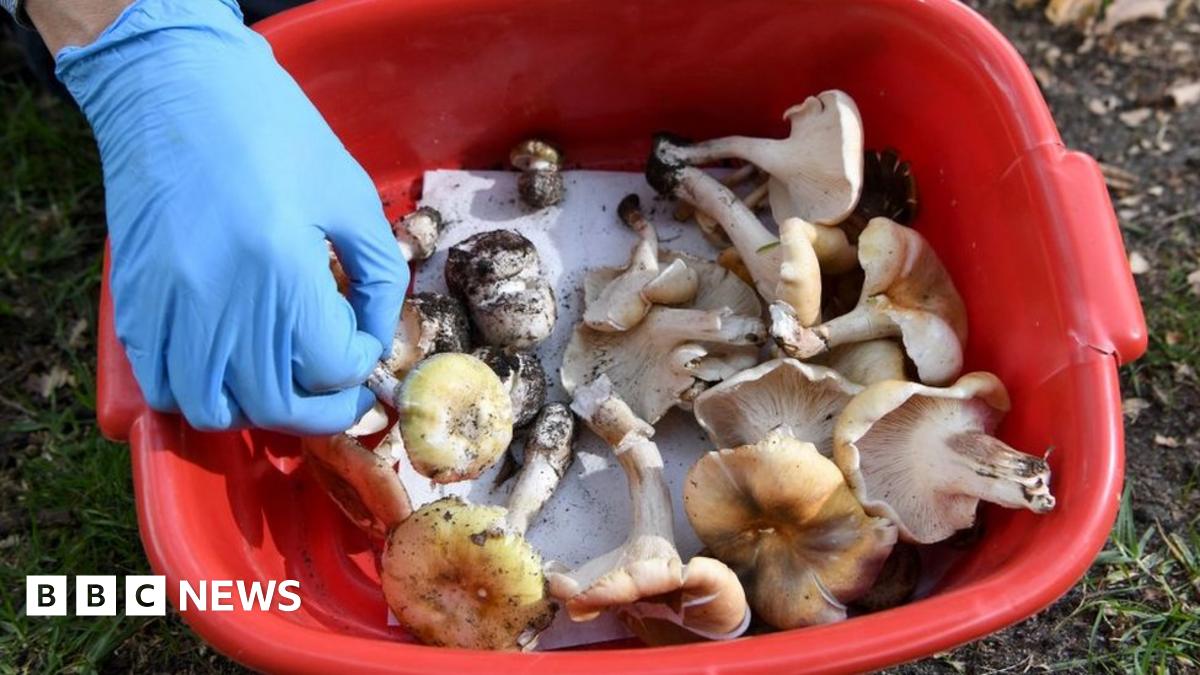Said to have been poisoned by wild mushrooms, three in a tight-knit town are dead, with another critical.

www.bbc.co.uk
Not in the slightest bit suspicious!
Article says they've been poisoned with Death Caps mushrooms aka
Amanita Phaloides. They've probably found ⍺-amanitin and β-amanitin in the dead bodies. Intoxication with ⍺-amanitin and β-amanitin have quite a long delay… Firsts symptoms after ingestion appear between 6 to 12 hours. But the victims went to the hospital hours after lunch. It is really unlikely that they have eaten mushrooms for breakfast or during the night.
I think the cook is screwed… Either she wanted to murder them or she just mistook the mushroom with an actual edible. But she didn't ate the mushroom she cooked herself while she was eating with the victims. That is
really suspicious.
Plus there are very few edibles that looks like
Amanita Phaloides.
Each year in the world, hundreds of persons are dying from eating mushroom they picked and cooked by themselves, thinking these mushrooms are edible. Among all the mushrooms species that live on our planet, there
are very few mushrooms that are edible. And some that have been considered edible in the past are now known to be deadly mushrooms if eaten regularly (
Gyromitra &
Tricholoma equestre).
On a happier note, this is a
Boletus Aereus I picked yesterday among smaller specimens (when youth they are shaped like a champagne cork).
It is a really good edible, Super dense and firm texture, perfect when sautéed in cubes of 1cm until it starts to get crispy. Also very nice in a velouté.
But during summer you have to share with slugs and worms…
This one is quite OK actually, I've encountered specimens where there was almost nothing left by the mollusks. You can see that the tubes under the cap are still almost white. It means it is still super fresh. (They gets yellower and then take a green hue when getting older.)
Slugs are quite fast once the mushrooms are out…
Have you seen the super fine white net that forms on the surface of the stem ? It gets denser as you gets closer to where the pores of the cap attaches. The most beautiful trait of the Cep family.




























